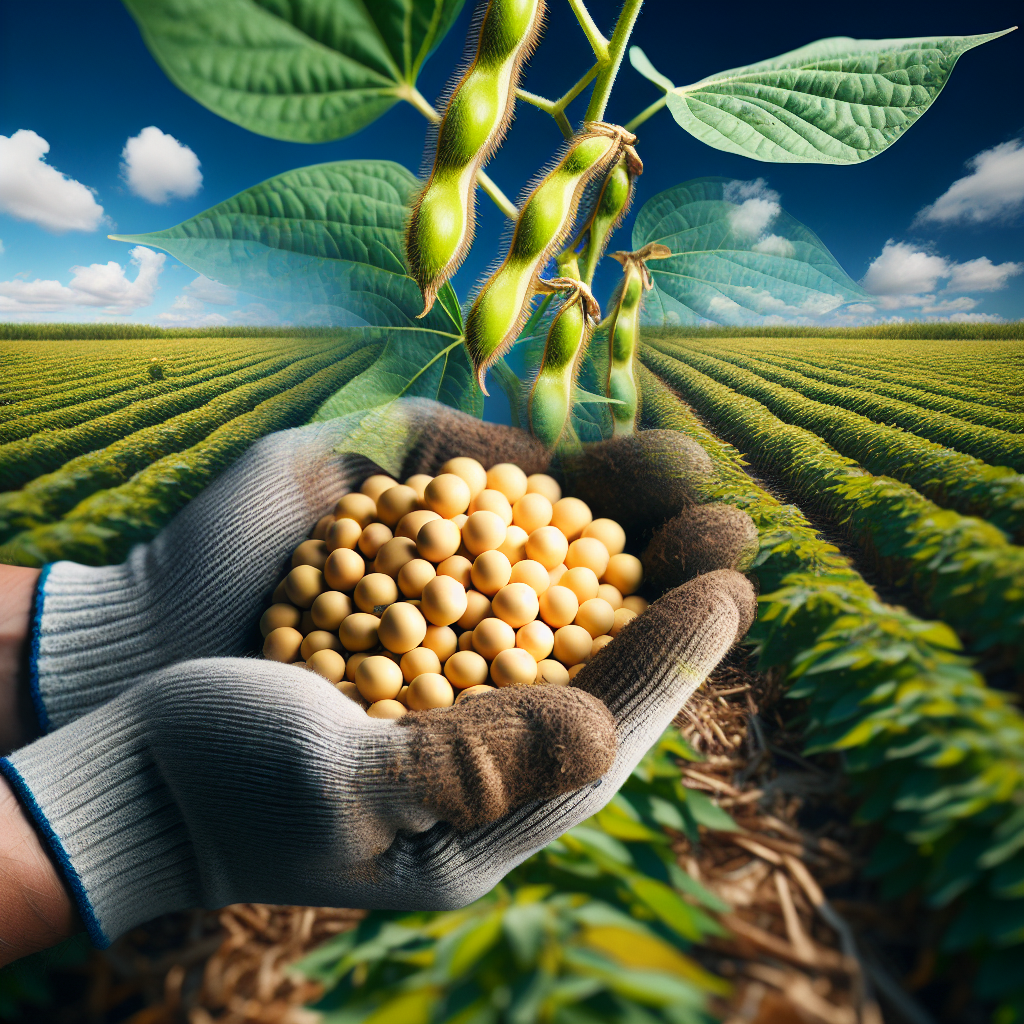The Soybean Divide: Gourmet Ingredient or Export Commodity?
Soy, predominantly an export crop for Brazil, is becoming a niche gourmet ingredient in upscale restaurants. While the world's largest soy producer ships vast quantities abroad, local consumption remains low, driving prices up. Cultural preferences and environmental issues further complicate the Brazilian soy market.

Sao Paulo's high-end dining scene is embracing soy as a novel ingredient, despite Brazil being the world's largest producer of the crop. Prestigious restaurants showcase tofu and soy-based dishes, appealing to elite tastes, while the majority of Brazil's soy is exported as animal feed, largely untouched by locals.
High prices and cultural preferences contribute to soy's status as a niche product in Brazil. Despite ample production, its domestic consumption lags behind nations like Nigeria and Bolivia due to its association with GMOs and environmental concerns. The local market shows minimal inclination towards this protein source.
The challenges of creating a domestic non-GMO soy market are exacerbated by legislation complexities and high production costs. As a result, firms like Caramuru focus on exporting non-GMO soy products. Meanwhile, upper-echelon consumers in Sao Paulo continue to explore soy as a luxury ingredient, highlighting a global divide.
(With inputs from agencies.)
- READ MORE ON:
- Sao Paulo
- soybeans
- gourmet
- Brazil
- tofu
- GMO
- dining
- restaurants
- export
- agriculture










